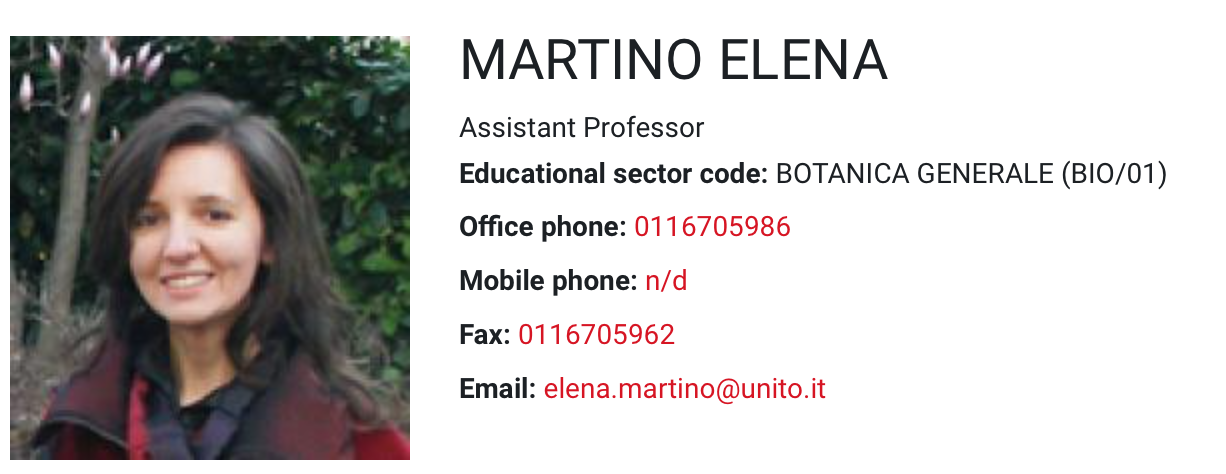博文
New Phytologist:欧石南类菌根通过多种方式与植物共生
||
Comparative genomics and transcriptomics depict ericoid mycorrhizal fungi as versatile saprotrophs and plant mutualists
Some soil fungi in the Leotiomycetes form ericoid mycorrhizal (ERM; 欧石南类菌根) symbioses (共生) with Ericaceae (欧石楠科). In the harsh (残酷的) habitats in which they occur, ERM plant survival relies on nutrient mobilization (营养元素活化) from soil organic matter (SOM; 土壤有机质) by their fungal partners. The characterization of the fungal genetic machinery underpinning (基础) both the symbiotic (共生的) lifestyle and SOM degradation is needed to understand ERM symbiosis functioning and evolution, and its impact on soil carbon (C) turnover (碳周转). We sequenced the genomes of the ERM fungi Meliniomyces bicolor, M. variabilis, Oidiodendron maius and Rhizoscyphus ericae, and compared their gene repertoires with those of fungi with different lifestyles (ecto- and orchid mycorrhiza 外生菌根和兰花菌根, endophytes 内生真菌, saprotrophs 腐生性, pathogens 病原菌). We also identified fungal transcripts induced in symbiosis. The ERM fungal gene contents for polysaccharide-degrading enzymes (多糖降解酶), lipases (脂酶), proteases (蛋白酶) and enzymes involved in secondary metabolism are closer to those of saprotrophs and pathogens than to those of ectomycorrhizal symbionts (外生菌根共生体). The fungal genes most highly upregulated in symbiosis are those coding for fungal and plant cell wall-degrading enzymes (CWDEs), lipases, proteases, transporters and mycorrhiza-induced small secreted proteins (MiSSPs; 菌根诱导的小分泌蛋白). The ERM fungal gene repertoire reveals a capacity for a dual saprotrophic and biotrophic lifestyle (腐生营养和活体营养的生活方式). This may reflect an incomplete transition from saprotrophy to the mycorrhizal habit, or a versatile (多功能的) life strategy similar to fungal endophytes (内生真菌).
一些锤舌菌纲中的土壤真菌会形成欧石南类菌根(ERM),以此与欧石楠科的物种形成共生关系。在残酷的生存环境下,ERM植物的生存依赖于它们的真菌“小伙伴”从土壤有机质(SOM)活化营养元素。这类真菌能够进行共生生物方式和SOM降解的遗传基础对于理解ERM真菌功能和进化,以及对于土壤碳周转的影响是非常重要的。本文对能够与欧石楠科形成共生关系的四个真菌Meliniomyces bicolor、Meliniomyces variabilis、Oidiodendron maius和Rhizoscyphus ericae进行了全基因组测序,并将这些ERM真菌的基因组成与外生菌根、兰花菌根、内生真菌、腐生性真菌及病原菌等非ERM真菌的基因组成进行比较分析。同时,作者还对共生关系中诱导的真菌转录本进行了鉴定。与能够形成外生菌根共生体的真菌相比,ERM真菌编码多糖降解酶、脂酶、蛋白酶以及一些参与次生代谢的酶的基因跟腐生性真菌和病原菌更加相近。共生中编码真菌和植物细胞壁降解酶CWDE、脂酶、蛋白酶、转运蛋白和菌根诱导的小分泌蛋白MiSSP的基因显著上调表达。ERM真菌基因谱揭示了其腐生营养和活体营养的双元生活方式的特性。这种生活方式可能是从腐生营养向活体营养的不完全转变造成的,也有可能是像内生真菌一样采取的多功能的生存策略。
通讯:Elena Martino (https://en.unito.it/persone/emartino)
doi: 10.1111/nph.14974
https://blog.sciencenet.cn/blog-3158122-1093832.html
上一篇:Molecular Plant:被子植物全基因组复制事件促进物种多样性
下一篇:the plant journal:比较表观组揭示土豆和番茄复制基因演化
全部作者的其他最新博文
- • Plant Physiology:CsMADS3促进柑果中的叶绿素降解和类胡萝卜素合成(华中农业大学)
- • Molecular Plant:LBD11-ROS反馈调节作用于拟南芥的维管形成层增殖和次生生长(浦项科技大学)
- • Science Advances:根结线虫通过调控植物的CLE3-CLV1模块,促进侵染进程(日本熊本大学)
- • Nature Communications:油菜素内酯参与植物营养生长期转变的分子机制解析(浙江农林大学)
- • Current Biology:光合作用产生的蔗糖驱动侧根“生物钟”(德国弗莱堡大学)
- • PNAS:花同源异型基因在叶中被抑制、花中被激活的分子机制(南卡罗来纳大学)

